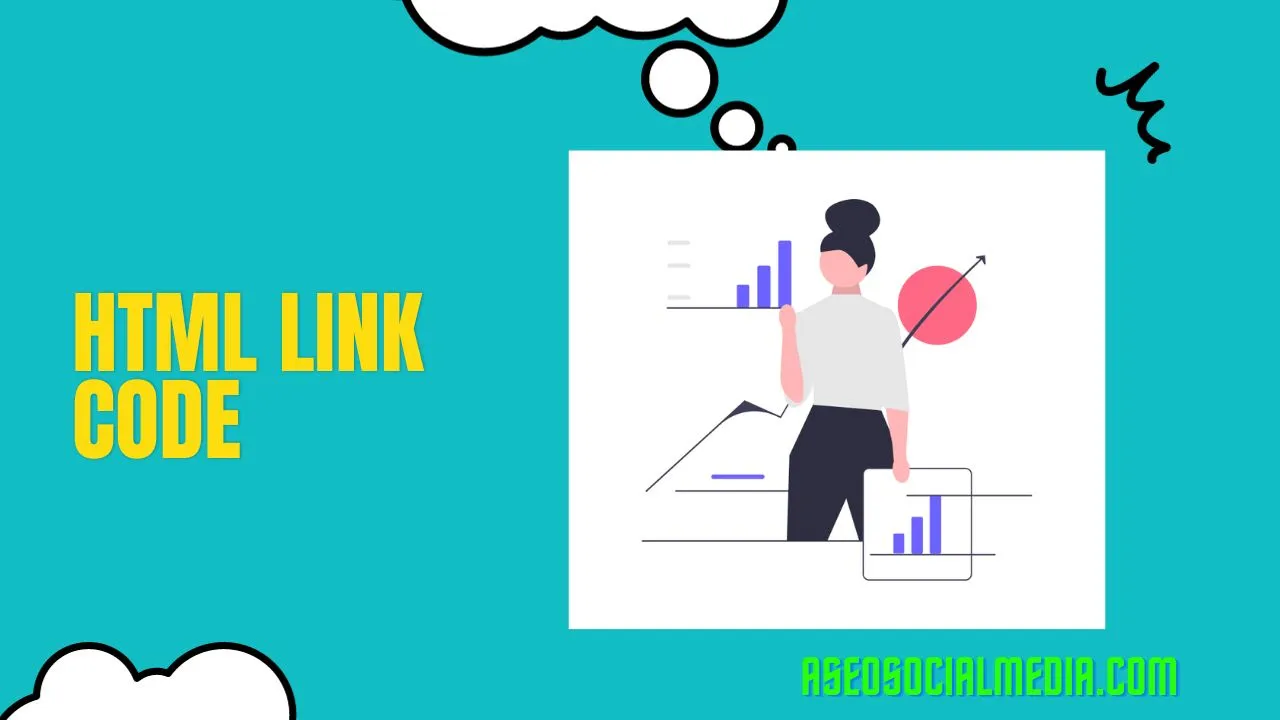Table of Contents
Introduction
The Basics of HTML Link Code
Understanding Hyperlinks
Creating Text Links (H1)
Adding Images as Links (H2)
Navigating External Links (H2)
Linking to Email Addresses (H2)
Designing Stylish Buttons (H2)
SEO Best Practices for Links (H3)
Accessibility Considerations (H3)
Troubleshooting Common Link Issues (H3)
Conclusion
FAQs
Introduction
Hyperlinks are the backbone of the internet, connecting webpages and allowing users to navigate effortlessly. In this comprehensive guide, we’ll explore HTML link code, demystifying the art of linking in web development.
The Basics of HTML Link Code
Before diving into the details, let’s establish a solid foundation by understanding what HTML link code is and how it functions.
Understanding Hyperlinks
Learn the various types of hyperlinks and their significance in web content, from text links to image links and more.
Creating Text Links (H1)
Discover how to craft text-based hyperlinks using HTML, making it easy for users to click and explore your content.
Adding Images as Links (H2)
Explore the world of image links and how to use them effectively in your web design.
Navigating External Links (H2)
Find out how to link to external websites, expanding your content’s reach and credibility.
Linking to Email Addresses (H2)
Learn the HTML code for email links, allowing users to contact you with a single click.
Designing Stylish Buttons (H2)
Elevate your web design by creating attractive, interactive button links that engage your audience.
SEO Best Practices for Links (H3)
Uncover SEO strategies to optimize your links for search engines and improve your website’s visibility.
Accessibility Considerations (H3)
Ensure that your links are accessible to all users, including those with disabilities, by following accessibility guidelines.
Troubleshooting Common Link Issues (H3)
Address common problems you may encounter with links and find effective solutions.
Conclusion
In conclusion, HTML link code is the key to a well-connected and user-friendly website. By mastering the art of creating hyperlinks, you can enhance user experience and provide valuable navigation for your audience.
FAQs
Q1: How do I create a basic text link in HTML?
A: To create a text link, use the <a> tag with the href attribute and the link URL enclosed in quotation marks.
Q2: Can I use images as links, and how?
A: Yes, you can. Use the <a> tag with an <img> tag inside, specifying the image source and link destination.
Q3: What is the significance of adding external links to my content?
A: External links can provide additional resources, credibility, and can also boost your website’s SEO.
Q4: How can I optimize my links for search engines?
A: Optimize links by using descriptive anchor text, relevant keywords, and ensuring fast page load times.
Q5: What should I consider for link accessibility?
A: Ensure that link text is descriptive, and use accessible attributes like alt text for images. Follow web accessibility guidelines.
With the knowledge gained from this guide, you’re well-equipped to harness the power of HTML link code, improving your website’s functionality, accessibility, and user engagement. Happy linking!
